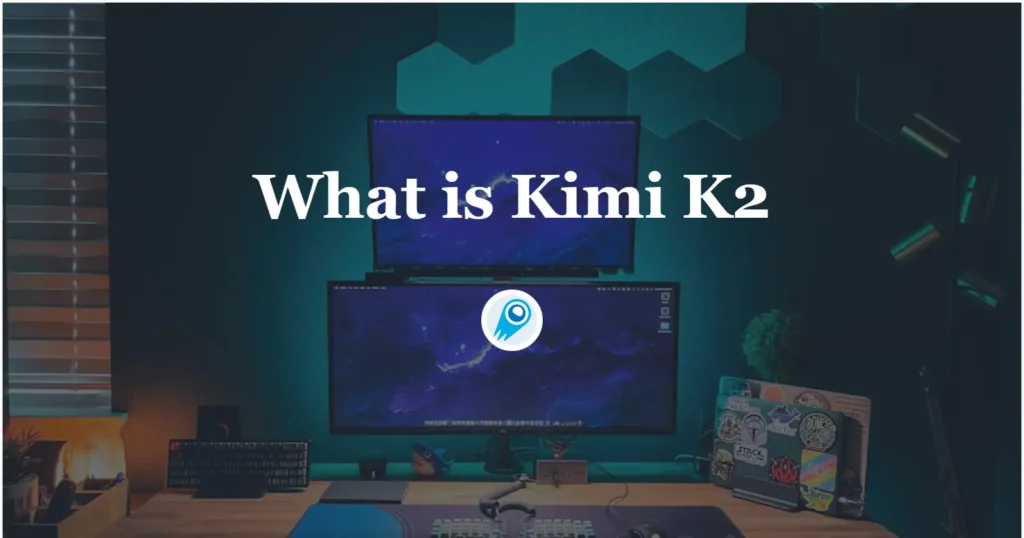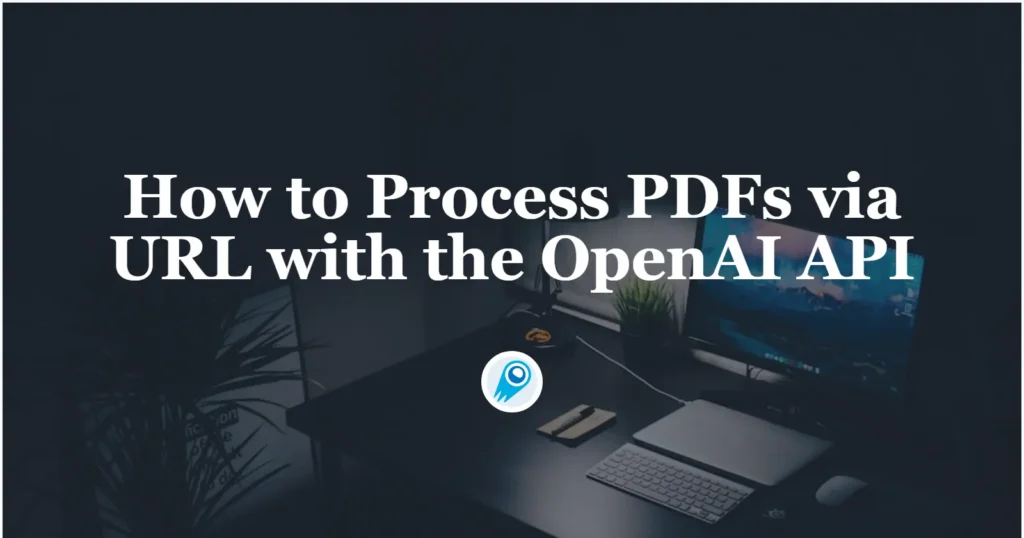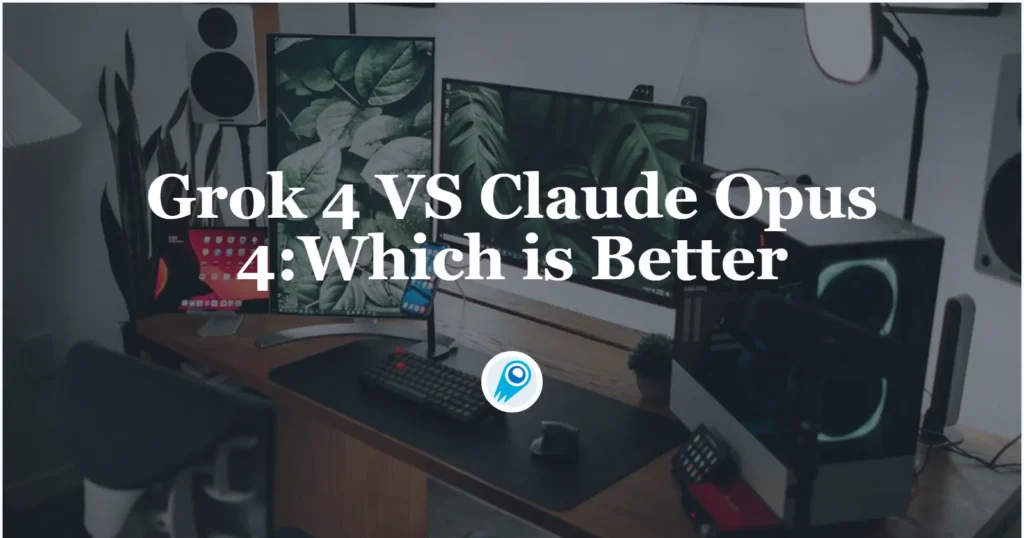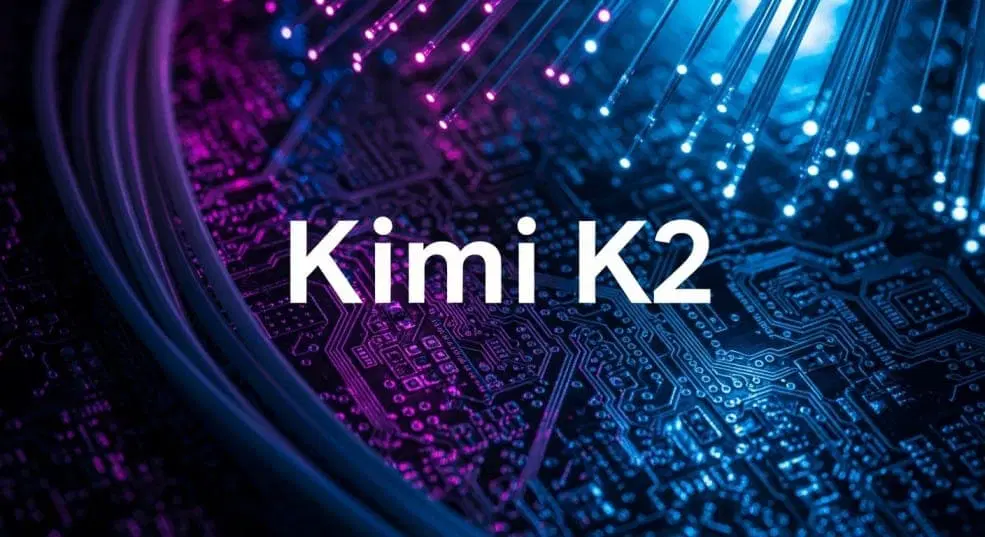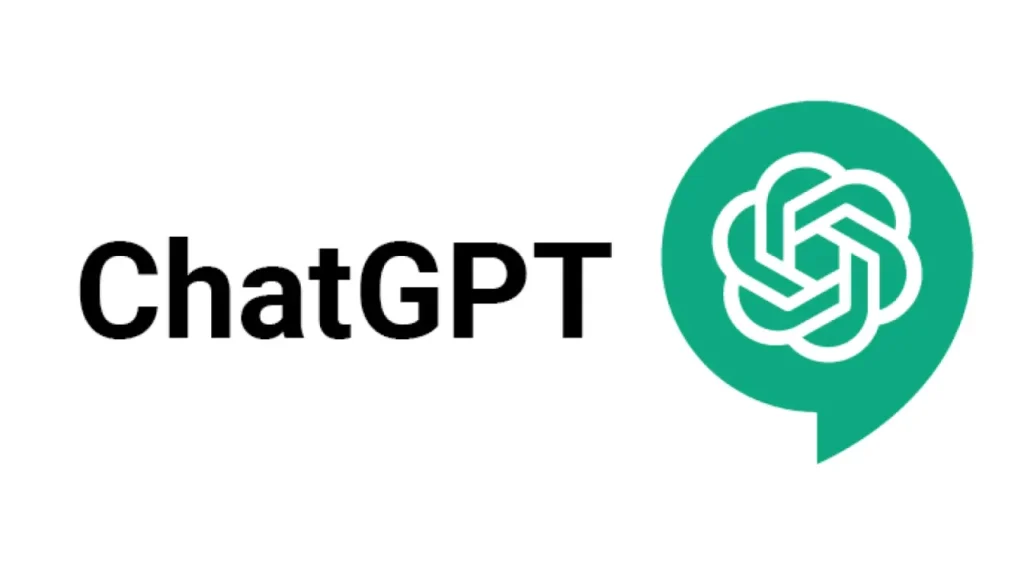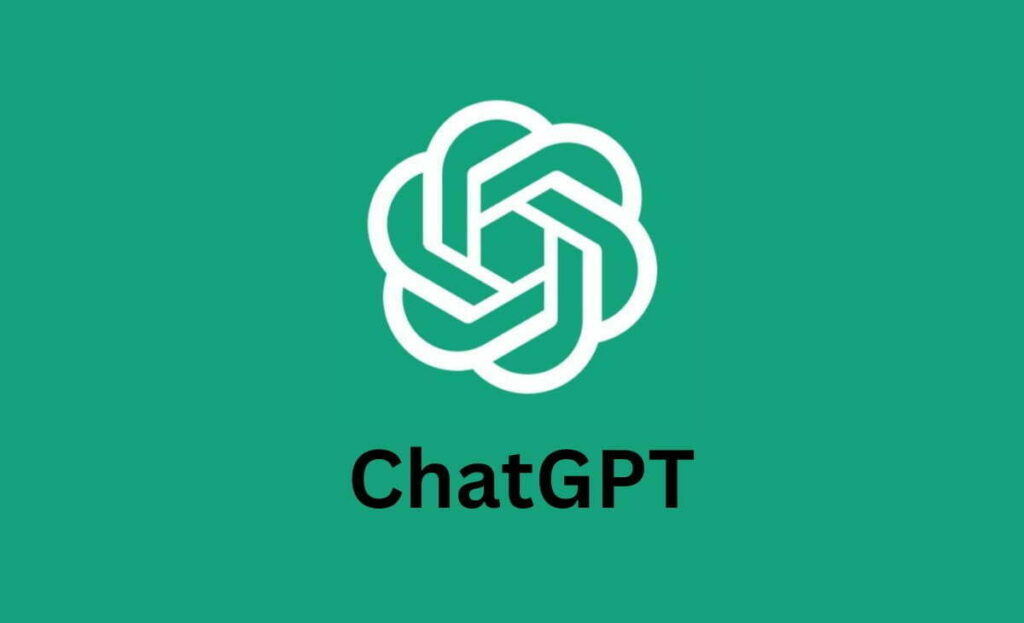Midjourney’s powerful editing capabilities have grown significantly in recent months, offering creators unprecedented control over every aspect of their images. One particularly versatile workflow involves uploading a custom mask image to guide partial modifications—allowing you to change specific areas of a picture while leaving the rest untouched. In this article, we’ll explore the end‑to‑end process […]
How to Access Grok 4 API
Grok 4 is the latest large language model (LLM) offering from Elon Musk’s AI startup, xAI. Officially unveiled on July 9, 2025, Grok 4 touts itself as “the most intelligent model in the world,” featuring native tool use, real‑time search integration, and a massive 256 K context window that far surpasses its predecessors and many competitors. What Is Grok 4 […]
What is Kimi K2? How to Access it?
Kimi K2 represents a significant leap in open‑source large language models, combining state‑of‑the‑art mixture‑of‑experts architecture with specialized training for agentic tasks. Below, we explore its origins, design, performance, and practical considerations for access and use. What is Kimi K2? Kimi K2 is a trillion‑parameter mixture‑of‑experts (MoE) language model developed by Moonshot AI. It features 32 billion […]
How to Process PDFs via URL with the OpenAI API
In recent months, OpenAI has expanded the capabilities of its API to include direct ingestion of PDF documents, empowering developers to build richer, more context-aware applications. CometAPI now supports direct calls to the OpenAI API to process PDFs without uploading files by providing the URL of the PDF file.You can use OpenAI’s model such as […]
Grok 4 VS Claude Opus 4: Which is Better?
The rapid evolution of large language models (LLMs) has ushered in a new era of AI-driven productivity, with xAI’s Grok 4 and Anthropic’s Claude Opus 4 standing out as two of the most advanced offerings on the market. Both models promise to push the boundaries of reasoning, multimodal understanding, and real‐time data integration, yet they differ significantly […]
Moonshot ‘s Kimi K2: A Overview of Next‑Generation Mixture‑of‑Experts Model
Moonshot AI, a rising star in China’s AI landscape, has officially launched Kimi K2, its next-generation large language model based on a cutting-edge Mixture-of-Experts (MoE) architecture. The announcement marks a significant leap forward in performance, scalability, and efficiency, positioning Moonshot AI at the forefront of global AI innovation. What is Kimi K2? Kimi K2, announced […]
Claude Code vs Cursor: Which is Better (A Comprehensive analysis)
AI coding assistants have rapidly transformed the software development landscapeAmong the leading contenders are Anthropic’s Claude Code and Anysphere’s Cursor AI. Both tools leverage advanced large language models to assist developers, but they differ significantly in architecture, pricing, code quality, and integration. This article delves into the latest developments and compares Claude Code and Cursor […]
Why are ChatGPT’s responses inaccurate or irrelevant? Here are solving ways
Since its debut, ChatGPT has revolutionized the way we interact with AI-driven text generation. Yet as organizations and individuals increasingly rely on its outputs, a critical concern has emerged: why do ChatGPT’s responses sometimes veer into inaccuracy or irrelevance? In this in-depth exploration, we combine the latest research findings and news developments to unpack the […]
How Can You Use Grok 4 on CometAPI via API
Grok 4’s debut marks a pivotal moment in AI development—and with CometAPI’s unified platform, integrating this cutting‑edge model into your applications has never been easier. Below, we explore how Grok 4’s latest capabilities can be harnessed via CometAPI’s RESTful interface, from initial setup to advanced usage patterns. What is Grok 4 and why should developers care? Grok 4, unveiled […]
Is the Web ChatGPT Any Different From the App
As OpenAI rolls out updates—ranging from advanced voice modes to productivity tools like “Tasks” and “Operator”—users naturally wonder: is there any real difference between using ChatGPT on the web versus via its dedicated apps?



